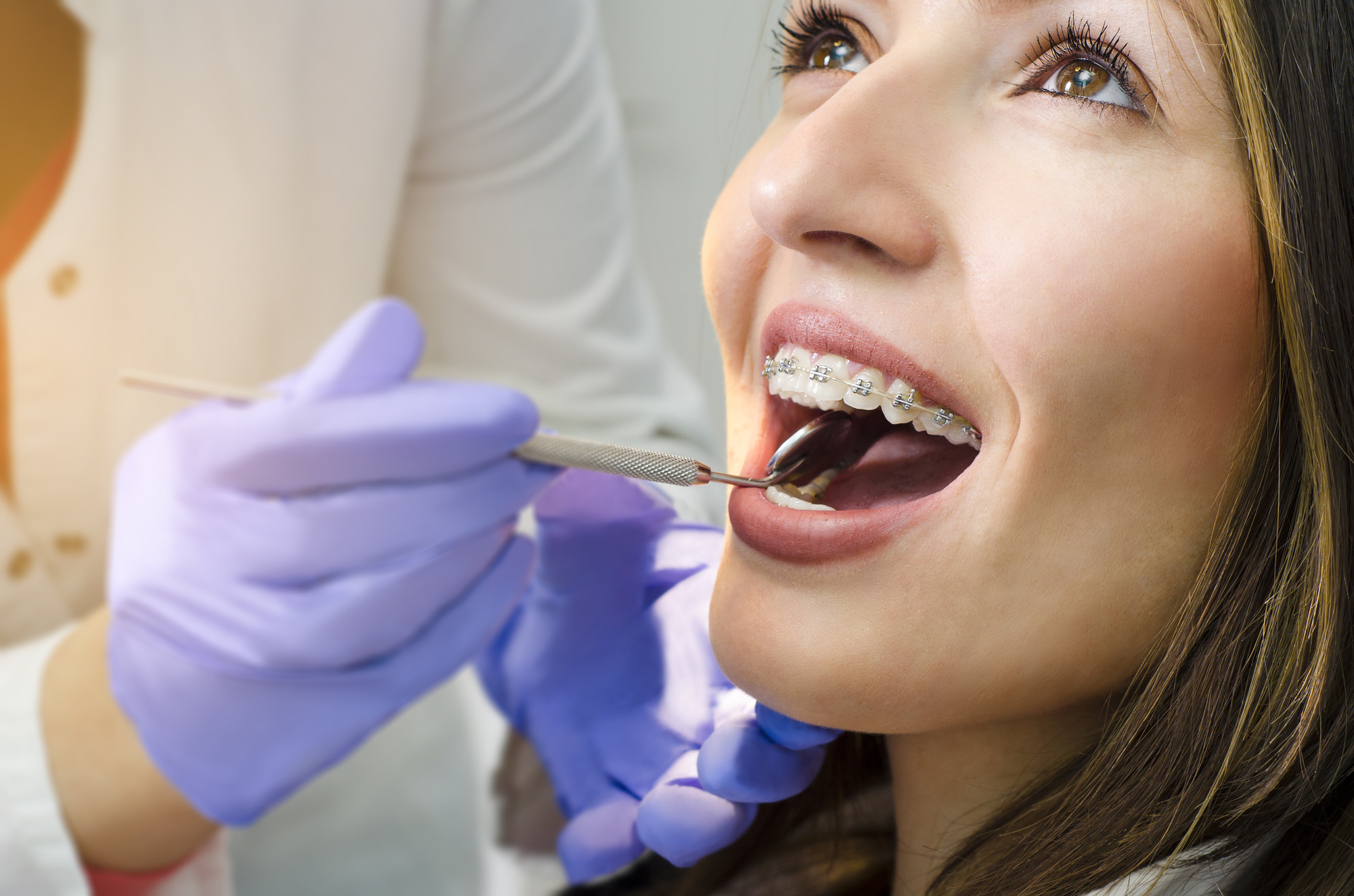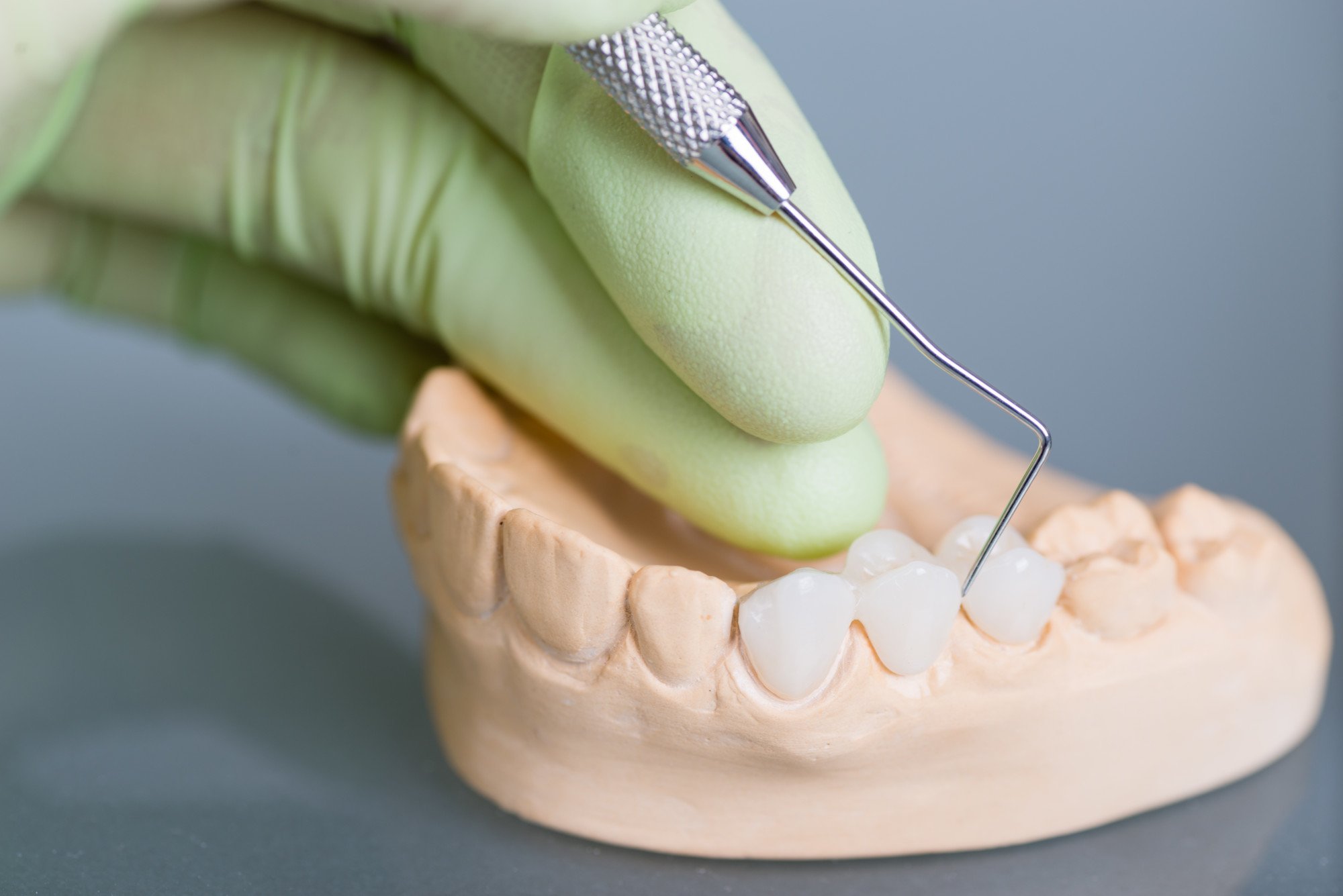
Are you looking for ways to straighten your teeth? Most would recommend getting traditional adult braces, but you can actually try other alternatives.
Most dental clinics offer new ways to straighten teeth without installing braces. It includes more comfortable and discreet options. But note that each has pros and cons. So, how do you pick the right one?
We’ll walk you through the available options for straightening teeth and explain their benefits and drawbacks. Let’s start!
Clear Aligners
One of the most common solutions is by using clear aligners. These use a special type of plastic that is lightweight and durable. They’re custom-made for each wearer, so you should get them switched out after a few months or according to your dentist.
You can also take them off, allowing you to maintain proper hygiene much easier. Moreover, it takes away the restrictions traditional braces usually cause you, like with eating or dental habits.
Since they come in clear color, it allows you to keep them discreet. Most people won’t even notice you wearing them unless they look really well. It’s ideal for adults who want to straighten their teeth without making it too obvious.
You don’t have to worry about comfort because they don’t have metal in them. Either way, if you do feel discomfort when you wear them, you can simply take them. The treatment is also usually shorter because it actively shifts your teeth. In most cases, it lasts up to a year or two.
The downside is that you have to practice good discipline when using these. Some wearers might find it troublesome to wear throughout the day and take them off most of the time. Because they’re removable, it’s up to you how long you can wear them.
At the same time, you have to visit your dentist often and get your aligners replaced every few months. So, you either pay your dentist for the aligners each time or purchase the treatment as a set. They also cost more than most options.
Lingual Braces
The closest option to the usual metal braces are lingual braces. It still requires you to install them on your teeth, but instead of placing them in front, it goes behind them. This way, it’s nearly invisible since you can’t see them from the front.
Lingual braces come with similar requirements and processes as typical adult braces, where you need to get adjustments each month and have it tightened or so. The general difference is that they install it on the other side of your teeth.
Due to its placement, lingual braces tend to feel more uncomfortable, and it takes a while to get used to. They are likely to cause mouth irritations more often than traditional braces. At the same time, adjustments can be difficult and may result in additional discomfort.
You might also find it challenging to clean your teeth around them since they’re behind your teeth. So, you may have to request deep cleaning from your dentist more often.
Although they aren’t too different from regular braces, lingual braces cost more than them. But if you want something practically invisible and convenient, it’s an option you can consider!
Veneers
Dental veneers are an option for individuals who want to correct crooked teeth within a short period of time. These refer to thin pieces of porcelain bonded to the front of your teeth. Some people find it similar to the typical adult braces, but how they work differs.
Braces aim to realign your teeth into the right places, while veneers are for covering them up. So, once you have them, you can confidently show your teeth!
These don’t only apply to straightening teeth. Veneers also work if you want your teeth to look white or more aesthetically pleasing. But note that it comes at an expensive cost. Even so, you only need to visit the dentist a few times to make the treatment effective.
Individuals who aren’t a fan of wearing braces or aligners for a longer period of time may find this option better. It’s also good for those who want to improve its shape and color. Additionally, they’re a permanent option so you might have to get them redone after a few years.
Inman Aligners
Inman aligners work similarly to typical clear aligners but are usually used for milder cases, like crooked teeth. It either uses plastic or metal and is custom-fit to the shape of your teeth.
They slowly shift your teeth into the desired position during use, so wearing them more often brings in better results. They’re also cheaper than other aligner alternatives but may feel bulky to wear.
One of the biggest drawbacks is that you have to get them adjusted frequently and it may be difficult to clean. Moreover, if you’re dealing with more severe teeth misalignment, these aligners won’t be as effective as other removable options.
Ceramic Braces
A popular alternative to traditional metal braces are ceramic ones. Basically, it switches out the metal aspect of braces and replaces it with ceramic. So, they work the same but are more discreet-looking.
What makes it an excellent choice is that they can be tinted in any color. Usually, patients have it colored a shade or hue similar to their natural teeth color. This way, it blends in with your teeth enough that people don’t notice them quickly.
Lots of people who use ceramic braces are people who already have established permanent teeth but want to fix the alignment. This way, they can get them adjusted without the hassle of having metal in their teeth.
But note that it may be pricey and could cause gum sensitivity in the long run. They are also more fragile than metal braces, so you should be more careful when you wear them.
Clear Braces
One of the most known choices for braces and straightening teeth are clear braces, which use sapphire and ceramic materials. These allow clinics to replicate the color of tooth enamel so it can go unnoticeable when installed.
But note that, unlike ceramic braces, these aren’t completely invisible because it still shows the metal wire in front of your teeth. Nonetheless, they’re less visible than full metal braces.
They are very similar to traditional braces except for the fact that they install clear-colored brackets instead of metal ones. It means dental care and hygiene are just as challenging and it causes the same level of discomfort and pressure. You can expect to deal with mouth irritations every now and then.
These cost more than metal braces but don’t have much difference. Before you go for this option, consider if you prefer their appearance more than traditional ones.
If you are interested in this orthodontic treatment for adults, it can bring in results as effective as usual braces. Make sure to have a proper consultation before any procedure to determine if it is the right one for you.
Self-Ligating Braces
An option that’s unfamiliar to most are self-ligating braces. The installation and appearance are similar to traditional and clear braces.
The primary difference is that they don’t require your dentist to add bands to secure the wire to each bracket. The wire gets woven directly through each tooth.
These braces aren’t ideal if you’re looking for a more discreet option. But if you want more convenience during wear and easier cleaning, you can consider these over traditional ones.
They aren’t too different, so you can expect similar levels of discomfort during wear. But when you visit the dentist, your visits are usually shorter. It’s because the mechanism makes it easier for them to make adjustments.
The length of time you need to wear self-ligating braces also varies on your condition. The more severe the misalignment, the longer it will take. You also need to get an appointment sooner if a problem occurs with your bracket or wire.
Consider These Options as Alternatives for Adult Braces
You have lots of options if you want to straighten your teeth but don’t want to go deal with the usual adult braces. These include choices that appear more invisible, feel more comfortable, and look better on your teeth. Some of them are similar to typical metal braces, but they offer more convenience or better visuals.
Due to the materials used for them, they usually cost more than traditional braces. Even so, the results and appearance make them worth the cost you pay for.
So, what do you think? If you want to learn more, check out the rest of your blog!





